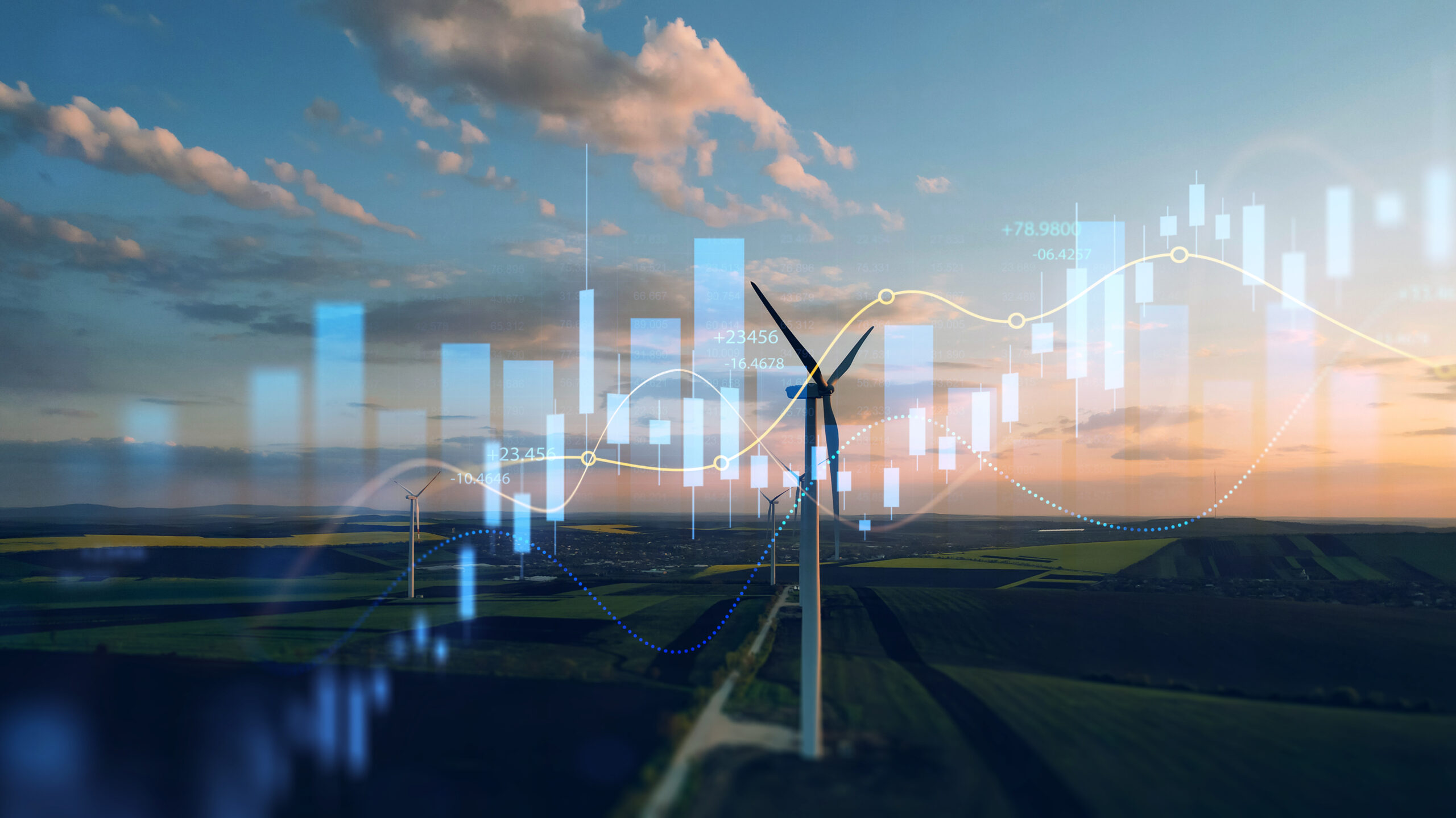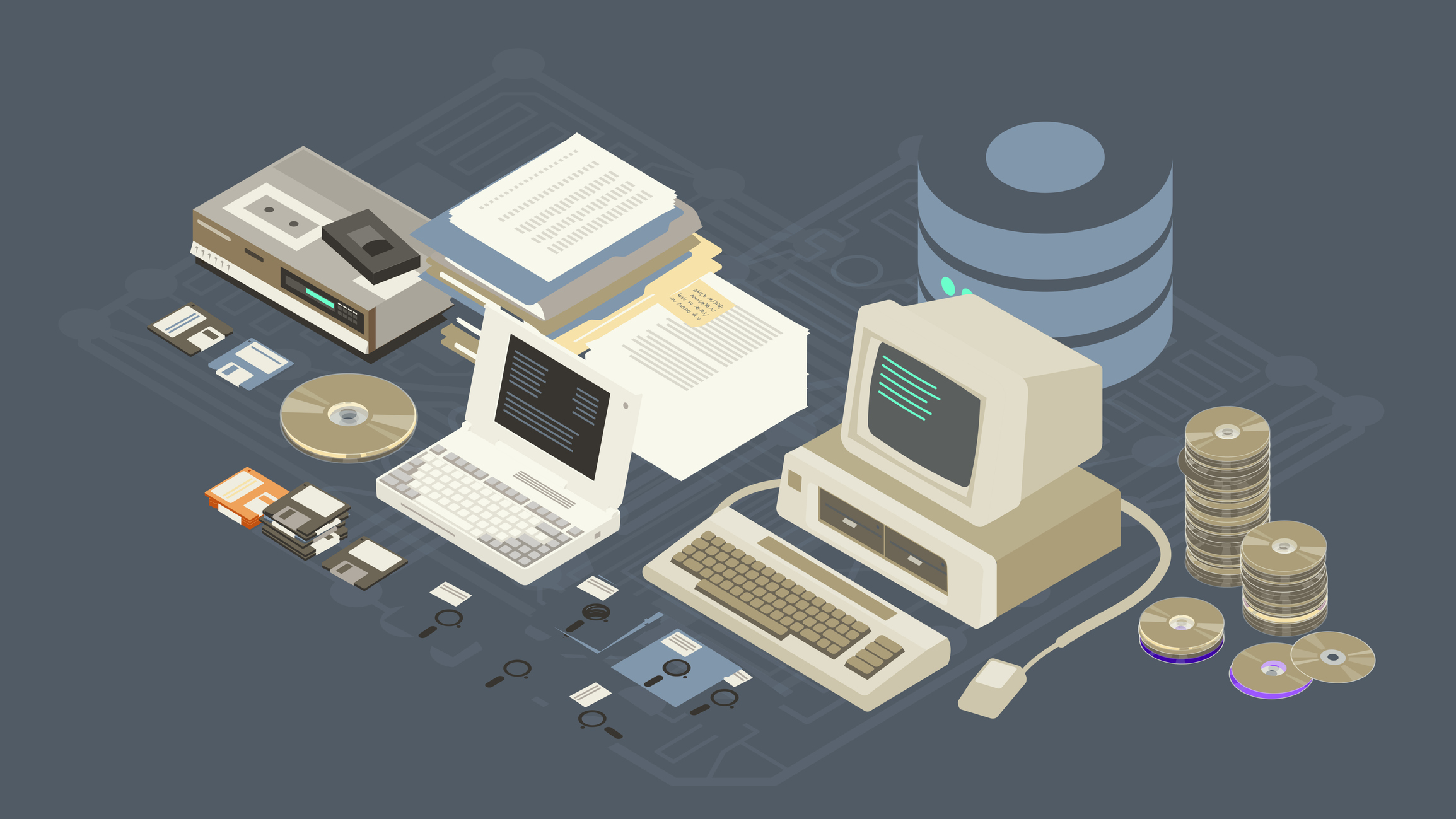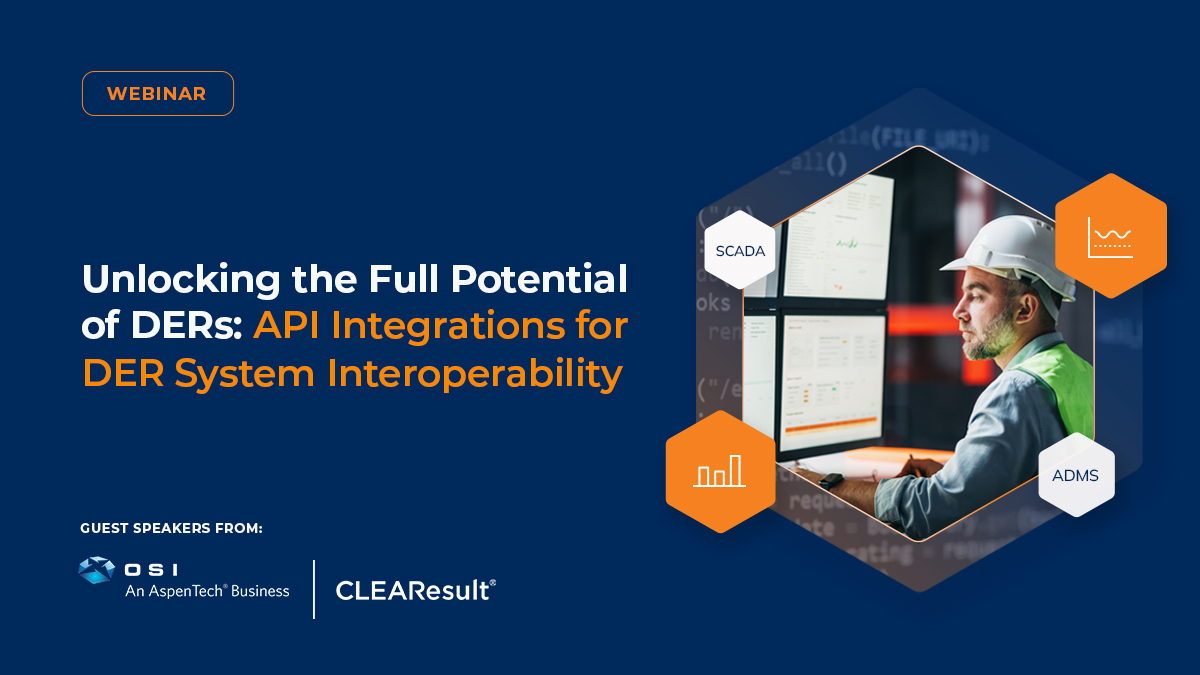The utility space has weathered many changes recently, between aging grid infrastructure, new regulatory requirements, diversified energy mix, distribution constraints, and an evolving load shape. Ultimately, these challenges demonstrate the complexities of the energy transition, particularly both in the volatility of the energy market and the fragility of national energy security. Fortunately, distributed energy resources (DERs) like solar, battery, and thermostats have provided opportunities for grid operators to better manage load using real-time data that yields predictable demand control needed to enhance grid resiliency and defray high energy costs, a tactic that has already proven successful.
Whether you’re concerned about bracing for more extreme weather events, how to handle the influx of new EVs, or accommodating energy-savvy consumers, it can be overwhelming to know where to begin. How do you know which solutions are worth investing time, research, and budget? Luckily, there seem to be a few noteworthy trends emerging that solve many of these issues. From predictable demand control to EV managed charging, let’s look at the trends driving the industry to help you better evaluate your options for 2024.
Leverage Your Distributed Energy Resource Management Systems (DERMS)
Far from a new concept, distributed energy resource management systems (DERMS) are taking hold in the utility industry, and are worth evaluating if you haven’t begun doing so. The DERMs market has a compound annual growth rate of 18.2% and was valued at just under $500 million in 2022. DERMS programs control distributed energy resources (DERs) of all types (batteries, thermostats, and all manner of smart devices and behind-the-meter assets) via software, to manage and offset demand during peak usage times to provide as best as possible predictable demand control.
A quality DERMS provider integrates with most DERs, allows participants to enroll devices into a utility program, forecasts opportunities for shifting load, and then controls the devices for a set period to achieve energy savings and optimize demand. These demand response events can be communicated directly to customers within the platform, and respond to fluctuating load shapes due to extreme weather events or other peak times. Ideally, your DERMS vendor will also include easy-to-use program management and marketing features that allow you complete control of your email and push notification communications, landing pages, and other customer-facing touchpoints.
DERMS programs are configurable with a simple single-device type in one specific service area, or they can be layered to include multiple device types (batteries, thermostats, water heaters, EVs, etc.) across multiple geographical territories. Essentially, DERMS is a granular approach to DER control that allows you to calculate the energy savings you need, and then offset that energy through a variety of device types and territories.
Virtual Power Plants & Predictable Demand Control
For the last several years, one of the biggest industry buzzwords has remained “virtual power plants (VPPs).” Every major conference and association worked to define the term and its potential use cases. This year VPPs will begin to move from theory into experimentation among many utilities, as grid operators seek out new technologies to provide predictable demand control. The definition and use cases for virtual power plants are still evolving and taking form, although the consensus is that VPPs enable DER aggregation of all device types, owned by consumers incentivized to share control with utility for top-line energy load shaping. They are operationally equivalent to traditional power plants, but they’re instantly reliable sources of load reduction and management from a wide variety of device types and service areas.
Taking virtual power plants one step further, the concept of predictable demand control is an advanced and intuitive model of VPP that leverages machine learning and AI to generate top-line outputs by aggregating DER control to achieve a big-picture result. This allows a combination of renewables and DER control to manage energy demand during peak times through a combination of sources–reducing usage, gaining from renewables, and controlling DERs to offset peaks.
The results are a capability to set top-line requirements and allow the predictable demand control software to configure the details to achieve the desired result. It eliminates the need to configure multiple demand response programs manually or to calculate small offsets from different devices. Instead, the automated features calculate the details to help you easily achieve top-level energy savings when you need them.
EV Managed Charging & EV Telematics
The final trend is one you’ve undoubtedly already begun to tackle, as the landscape around electric vehicles has begun to challenge utilities. The rise of EV adoption has been steadily increasing for years, and 2024 is predicted to require more robust charging infrastructure, and the ability to adapt to changes in peak load patterns. Managing the impact of EV charging on the grid is important for balancing driver’s energy needs while also anticipating correct energy needs during new peak times, as well as keeping costs low.
Gathering accurate EV telematics data is critical for anticipating these new fluctuations in usage, and keeping your customers happy. It also provides incredible insight that helps you predict and manage demand when coupled with a flexible demand response program. Many utilities have already begun to launch demand response programs for thermostats and a new wave of water heaters. For 2024, consider EVs as a critical new device type to add to your DR strategy for both load shifting and peak load reduction.
The possibilities for utilizing EVs as DERs are ever-expanding. Guide charging behavior by educating and incentivizing drivers to charge during optimal times of the day. Vehicles-to-grid (V2G) supports bidirectional charging, allowing for the two-way flow of energy for vehicles that can charge at the least expensive time of the day, and return unused energy to the grid. In optimizing program performance by integrating chargers and EV telematics, program managers can utilize real-time data to inform their programmatic choices. Stacking demand response programs to include multiple device types leverages your already-integrated DERMS software to gain more flexibility when and where you need it.
DERMS, Predictable Demand Control, & EVs Conclusion
There are many exciting opportunities to adapt to the rapid changes in the energy industry. Whether you’re interested in the granular control of a device-specific DERMS program or are ready to expand to a full-scale virtual power plant model to allow for more predictable demand control, 2024 is the time to try something new.






